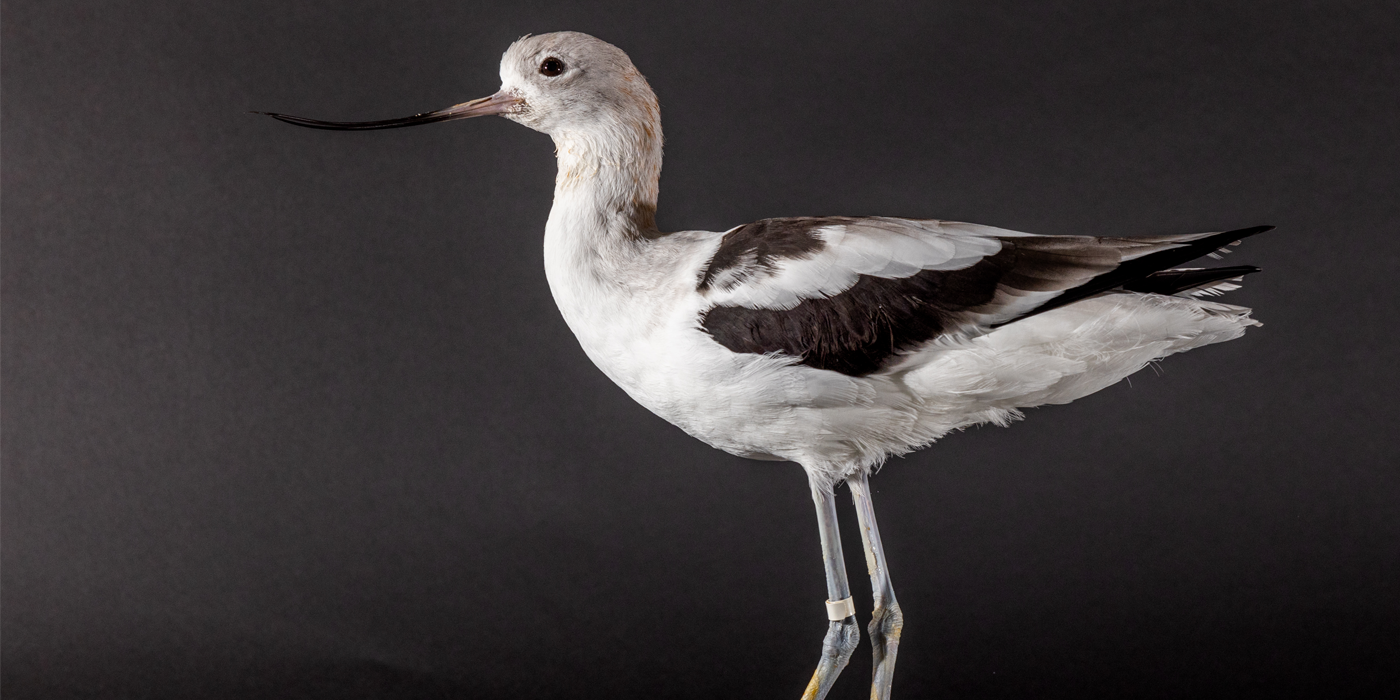Physical Description
Size
Native Habitat
Lifespan
Communication
Food/Eating Habits
Sleep Habits
Social Structure
Reproduction and Development
Adults form pairs and typically nest on islands or dikes near water. Pairs build their nest together by scraping a shallow depression into the bare ground, often lining it with grass, pebbles, feathers, shells or other small objects.
Pairs have one brood per season, usually consisting of three to four eggs. Both the male and female take turns incubating the eggs during the day, though the female incubates alone at night. Eggs hatch after 18 to 29 days.
Newly hatched chicks have soft, downy feathers and are able to leave the nest and walk around soon after hatching. Both parents take care of the young until they are able fly at about four to five weeks later.
Conservation Efforts
Help this Species
Reduce, reuse and recycle — in that order! Cut back on single-use goods, and find creative ways to reuse products at the end of their life cycle. Choose recycling over trash when possible.
Be a smart consumer. Choose products made with sustainable ingredients, such as Smithsonian certified Bird Friendly coffees, which support farmers striving to limit their impact on wildlife and habitat.
Practice ecotourism by being an advocate for the environment when you’re on vacation. During your travels, support, visit or volunteer with organizations that protect wildlife. Shop smart too! Avoid buying products made from animals, which could support poaching and the illegal wildlife trade.
Organize or attend a stream, river, lake or other waterway cleanup in your area to preserve aquatic habitats for local species.
Avoid single-use plastics, such as plastic bottles, bags and utensils. Choosing reusable options instead can help reduce plastic pollution.
Protect local waterways by using fewer pesticides when caring for your garden or lawn. Using fertilizers sparingly, keeping storm drains free of litter and picking up after your pet can also improve watershed health.
Smithsonian's National Zoo and Conservation Biology Institute. (n.d.). American avocet. Retrieved January 8, 2026, from https://nationalzoo.si.edu/animals/american-avocet
Animal News

Meet Our Tiny Terrapin Hatchling ›


